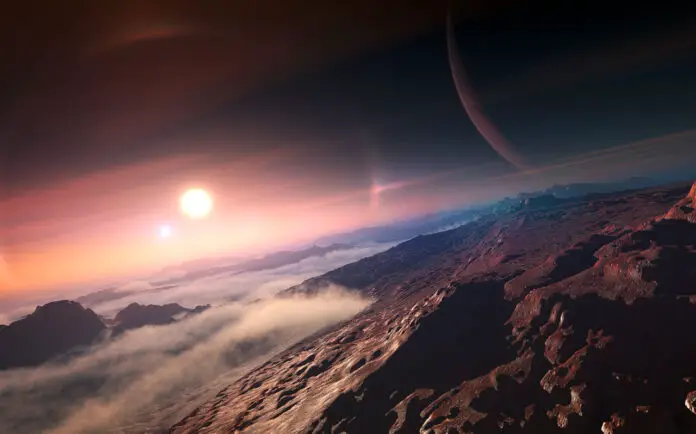Information about the oddest, most bizarre, and just cool exoplanets that astronomers have found in recent years.
Exoplanets were initially detected in the 1990s, and since then, a wide variety of strange and amazing planets have been found orbiting far-off stars outside of our solar system.
Who wouldn’t want to leave Earth if the prospect of travelling to a foreign exoplanet was offered? You might strike it fortunate because there are thousands of known exoplanets and more are being found every day. Approximately half of all Sun-like stars are estimated to be capable of supporting life.
In our galaxy, there are approximately 300 million potentially habitable worlds (for more on this, find out what makes a planet habitable) You might be in for the vacation from hell, as these strange planets show, so hold off on packing your bags just yet.
Additionally, there may be many more unusual planets found in the upcoming years due to the abundance of new exoplanet-hunting spacecraft that are in the works.
Ten strangest exoplanets discovered till now!!
HD 189773b
The closest “hot Jupiter” to Earth is barely 64 lightyears away. Even though it appears to be a stunning deep-blue marble drifting peacefully in space, if you had the misfortune to visit this enormous gas giant, you would quickly come to regret it.
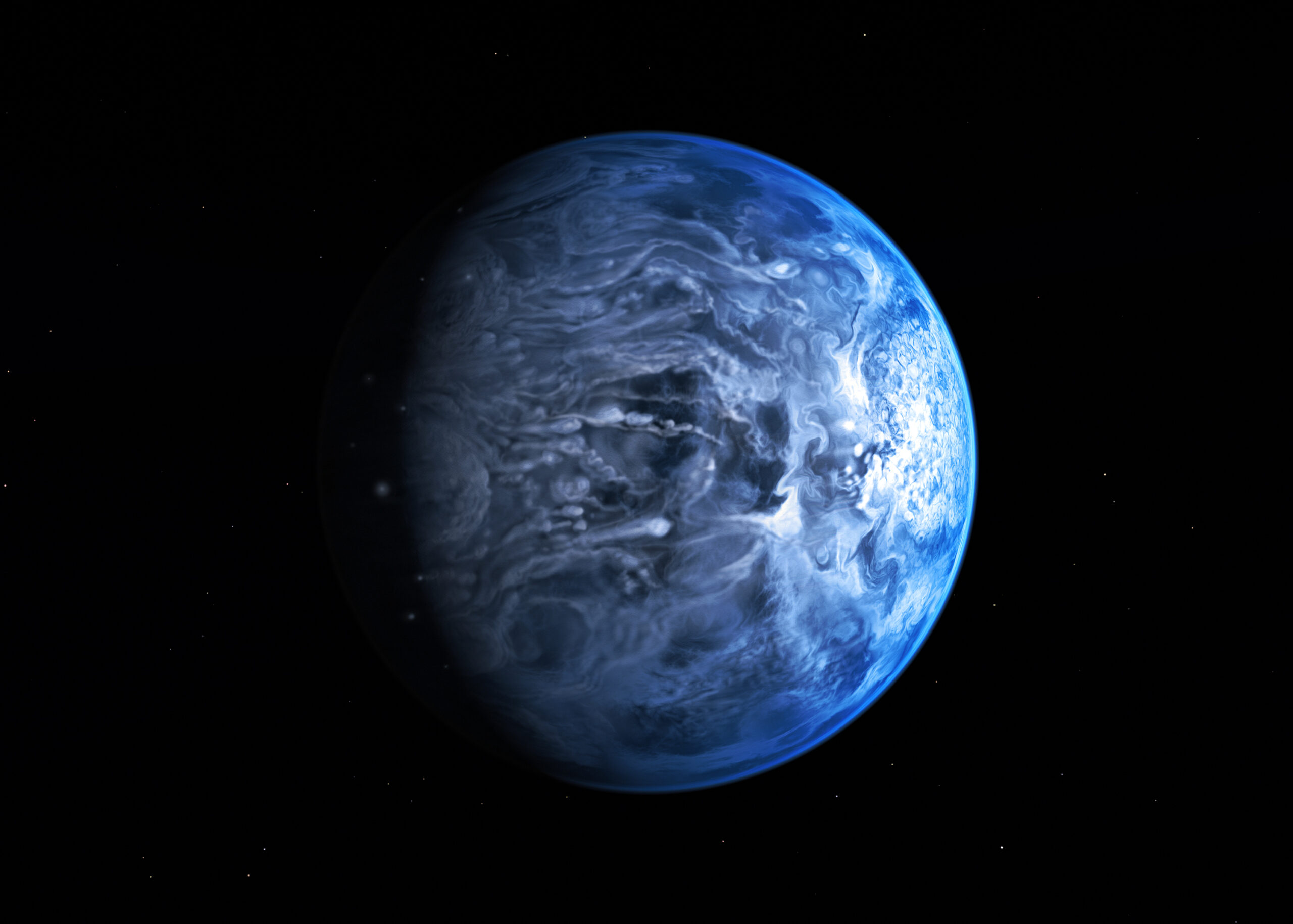
You would be shattered by glass rain and violent winds that gusted to 8,700 km/h. The planet’s lovely blue hue is a reflection of the silicate that makes up its atmosphere and which, when heated by the planet’s ominous 1300°C temperature, transforms into glass grains.
TOI 849 b
It’s not at all enjoyable on TOI 849 b, which NASA’s Transiting Exoplanet Survey Satellite (TESS) discovered in 2020. A year on this exoplanet lasts just 18 hours because of how closely it orbits its star. However, avoid throwing repeated birthday parties because there won’t be any atmosphere and the cake would melt in the 1530°C heat.
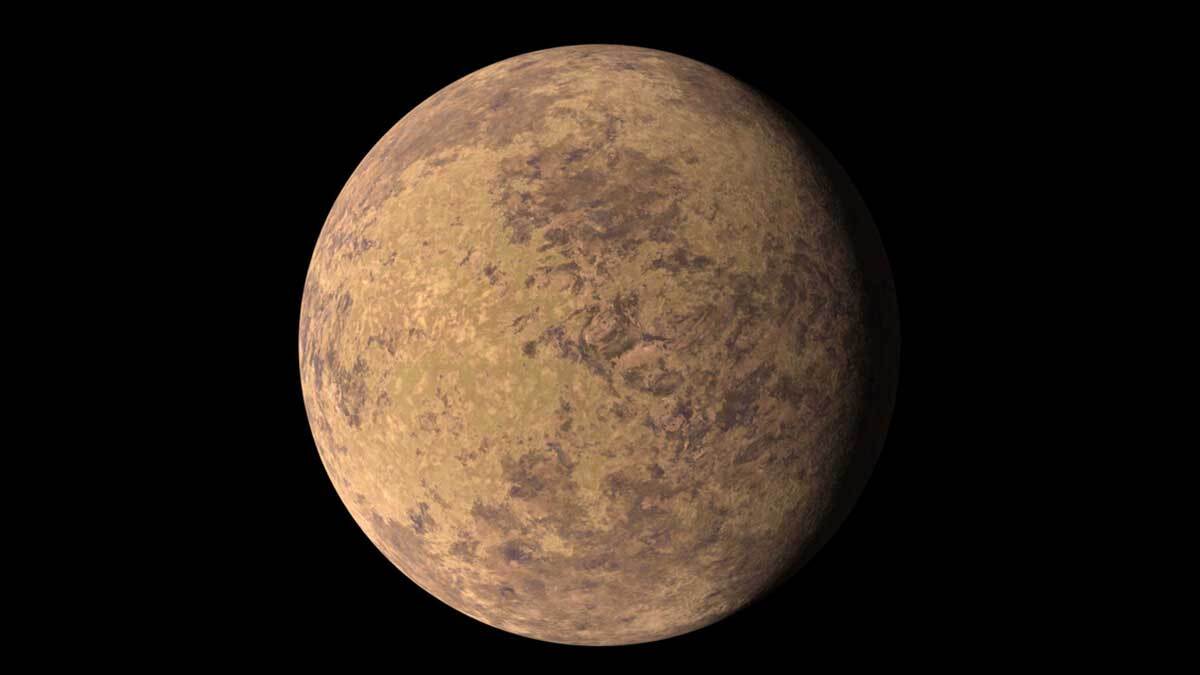
But because of how oddly hybrid it is, TOI 849 b is especially bizarre. The object is around the size of the gas giant Neptune, but it is dense and rocky rather than gaseous; in fact, it is the largest rocky world ever found, 40 times as large as Earth. The exposed core of a gas giant whose atmosphere has been destroyed may potentially be the first Chthonian planet to be discovered.
WASP-12b
WASP-12b is spiralling relentlessly inwards towards doom at the hands of its yellow dwarf host star and is only about three million years away from its ultimate fiery destruction.
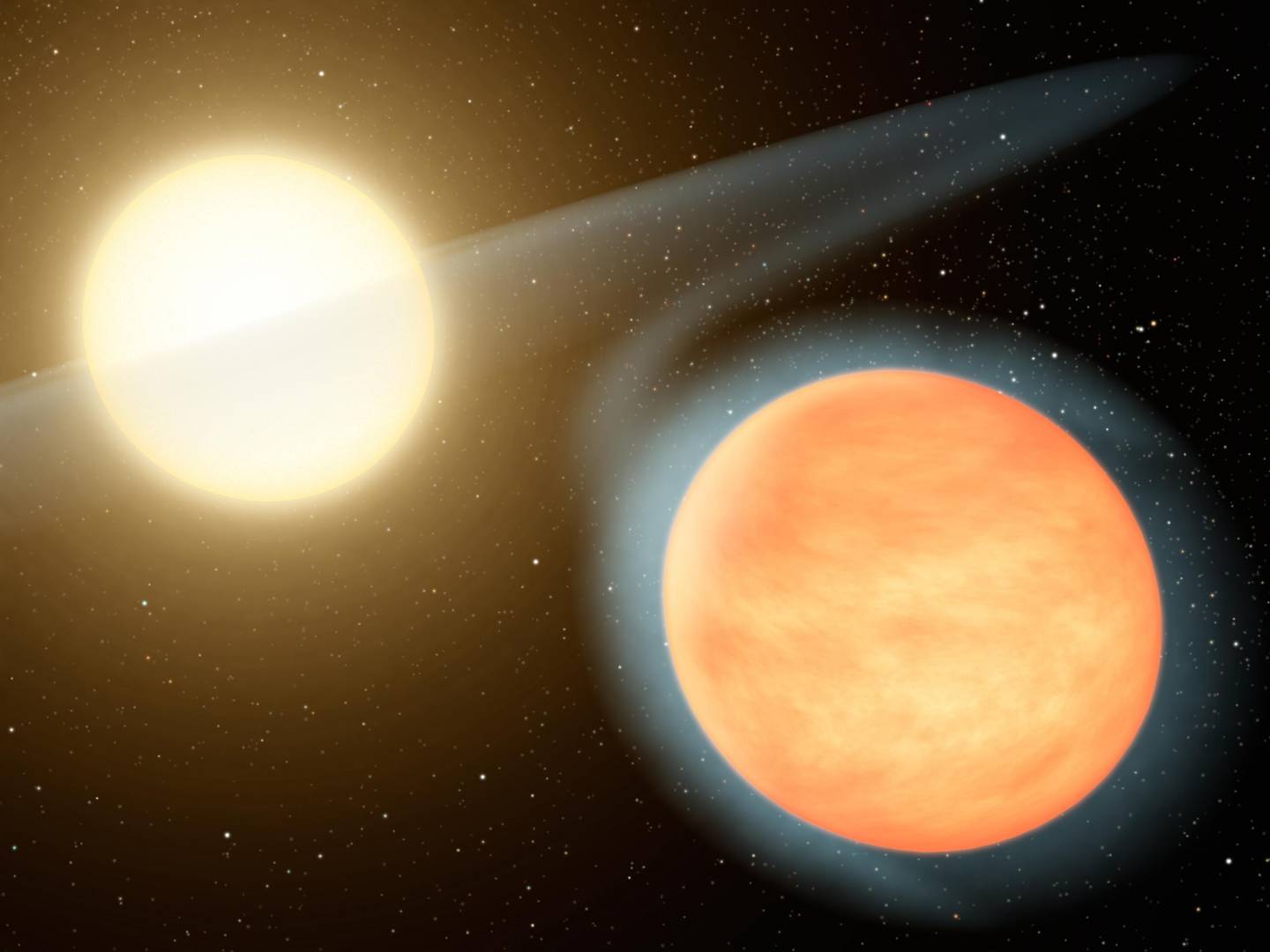
According to recent findings, the planet, which was previously thought to be 600 light-years away in the constellation Auriga, is now so close to the star that its gravity is causing it to start wriggling and warping while also causing it to bloat up so much that it is disintegrating.
Rogue worlds
A lot of exoplanets may be unsettling and hostile, and they may differ in size, colour, and density, but at least they all consistently orbit a star. But do they? Some worlds are genuinely free to travel the galaxy while the majority of planets are confined to orbits around their suns. Life is dark and freezing for these wanderers lost in the darkness of space with no parent star to illuminate and warm them.
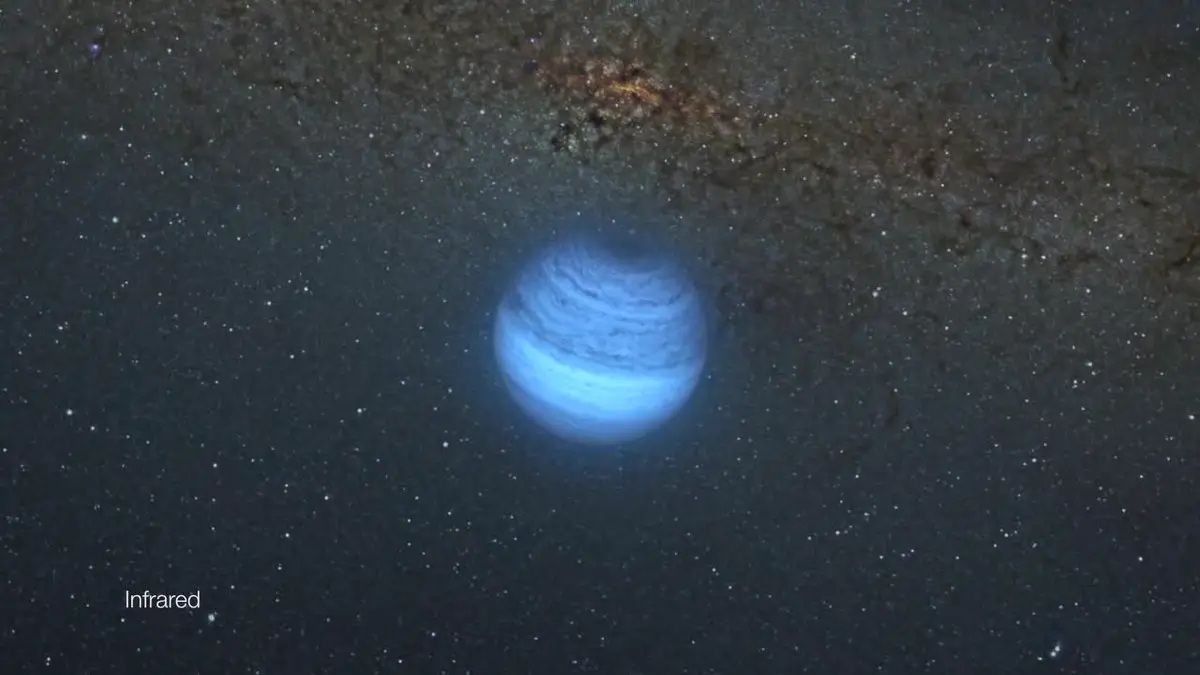
One of the missions for NASA’s Nancy Grace Roman Space Telescope, which is expected to be online in 2025, will be to detect these difficult-to-detect “rogue planets.” One of these planets is OT44, which may be found 550 light-years away in the Chamaeleon constellation. This roving cosmic object is believed to have a circumstellar disc made of dust, rock, and ice and is eleven times more massive than Jupiter. Another one is the just recently discovered OGLE-2016-BLG-1928. It’s one of the lowest-mass objects ever discovered using microlensing techniques and is probably smaller than Earth.
55 Cancri e
Possibly a true jewel, this exoplanet orbits its Sun-like home star 55 Cancri A. It was believed that the first super-Earth discovered in the vicinity of a main sequence star was so rich in carbon that its interior was composed of diamond as a result of extreme pressure and 2,700°C temperatures.
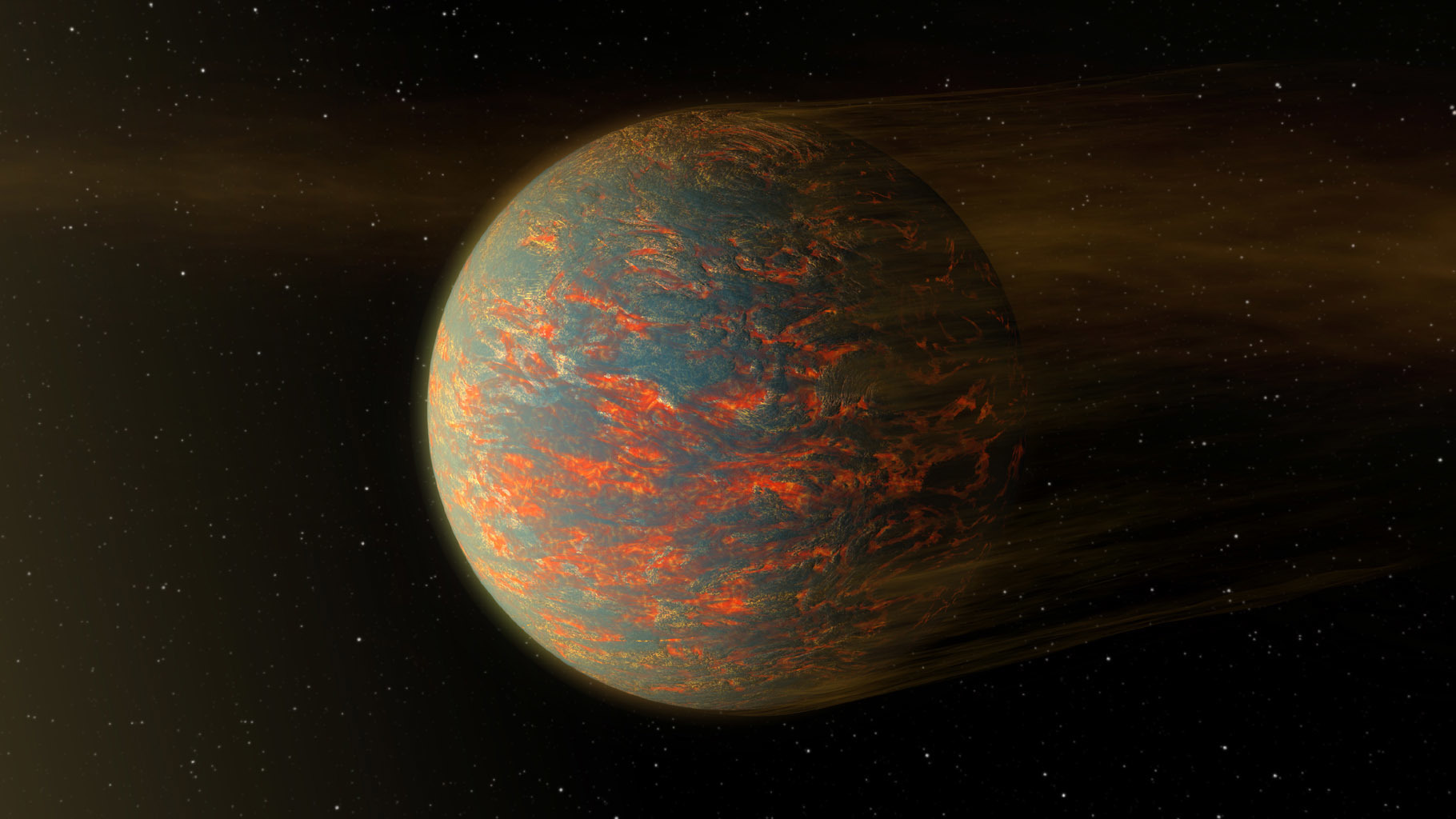
The diamond theory has lost some of its lustre as more recent research has revealed less carbon than first believed, but 55 Cancri e’s nature continues to be mysterious and the subject of intense debate.
TrES-2b
It’s so…dark! Its shape is so faint that light merely seems to fall into it! It’s possible that Hitchhiker’s Ford Prefect was referring to TrES-2b when he described Hotblack Desiato’s limousine. It was discovered by NASA’s Kepler Space Telescope in 2011 and is the darkest exoplanet ever discovered, reflecting less than 1% of all incident light.
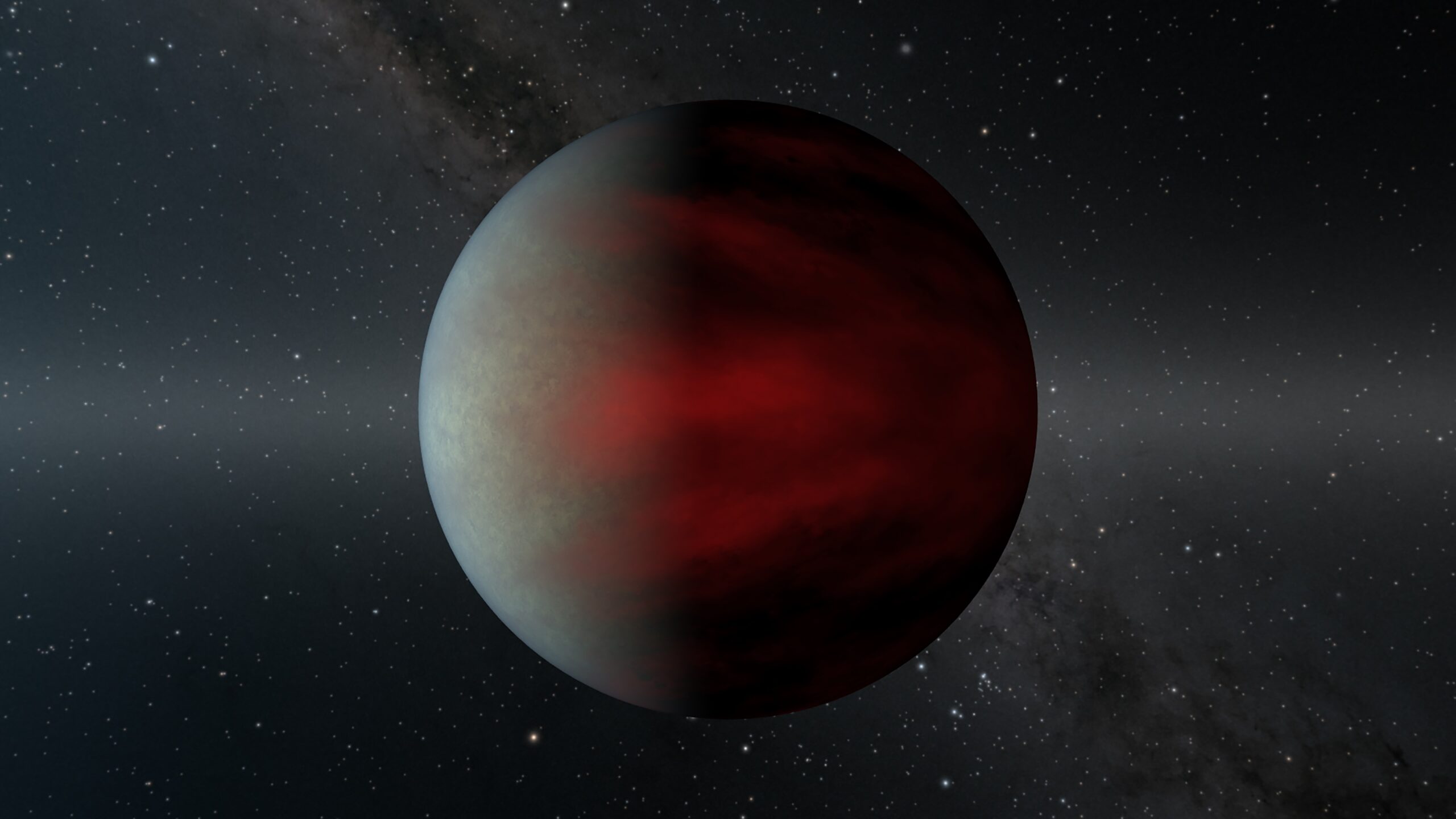
The darkest planet or moon ever found, TrES-2b orbits a star around 750 light-years away in the direction of the constellation Draco. “It is more opaque than the darkest piece of coal or a dark acrylic paint you may use to paint. This planet is absurdly black, according to principal author of the study David Kipping of the Harvard-Smithsonian Center for Astrophysics.
KELT-9b
The scorching KELT-9b exoplanet of the Jupiter type is so intense that it is even hotter than several stars. A year on it lasts less than a day and a half, and it circles so closely to its sun that its surface sizzles at 4,300C, making it so hot that atomic iron and titanium are present in its atmosphere.
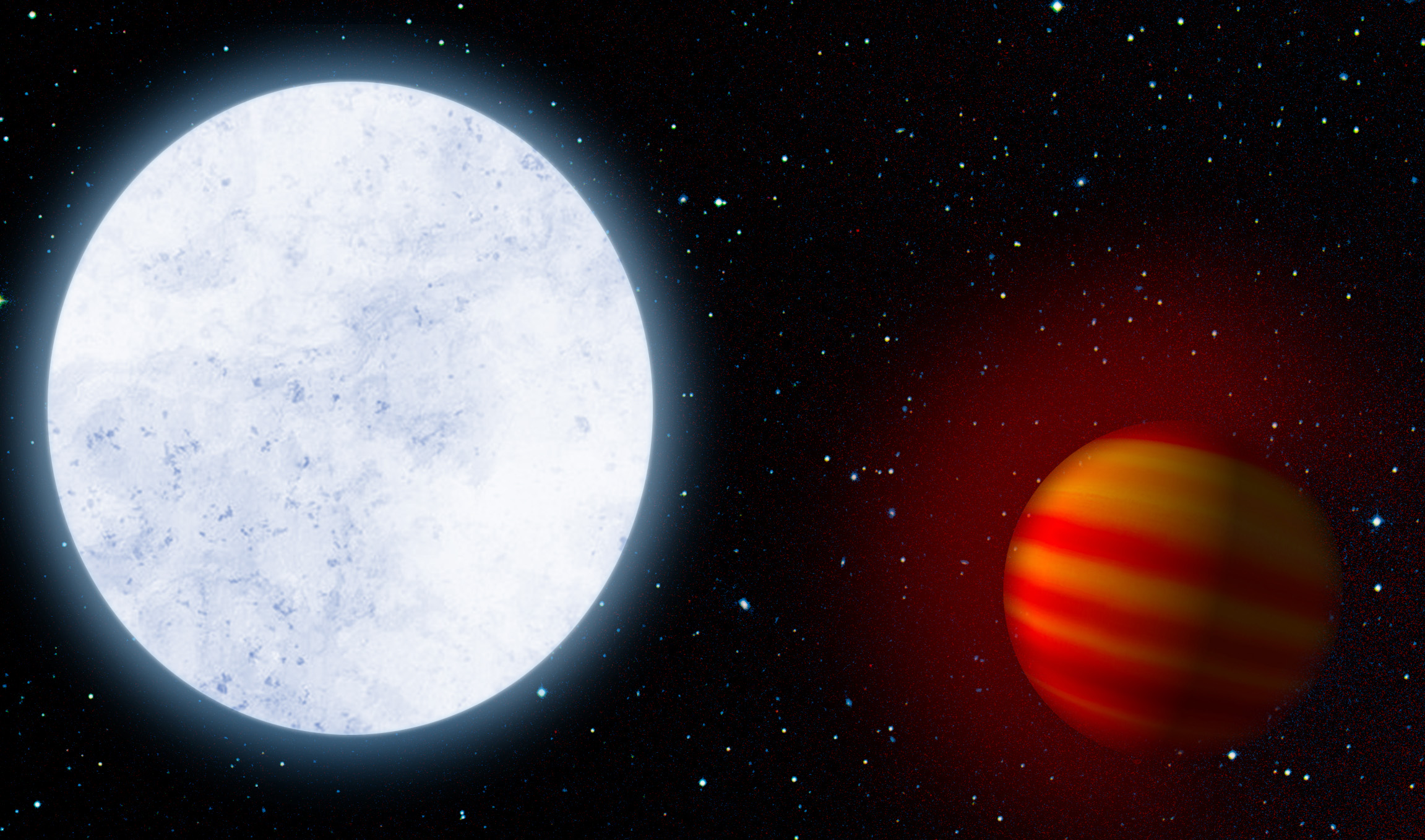
Researchers have discovered, using data from the Spitzer Space Telescope, that the intense heat on the planet’s dayside causes hydrogen gas molecules to shatter, only to recombine when they flow to the relatively cooler eternal nightside, before being shatter again when they move back into the furnace.
HR 5183b
HR 5183b takes its time orbiting its star. A galumphing giant that is three times as massive as Jupiter was discovered in 2019; it ambles around in a leisurely 74 years, which is close to Uranus’s 84 years but much longer than Saturn’s 29 Earth years.
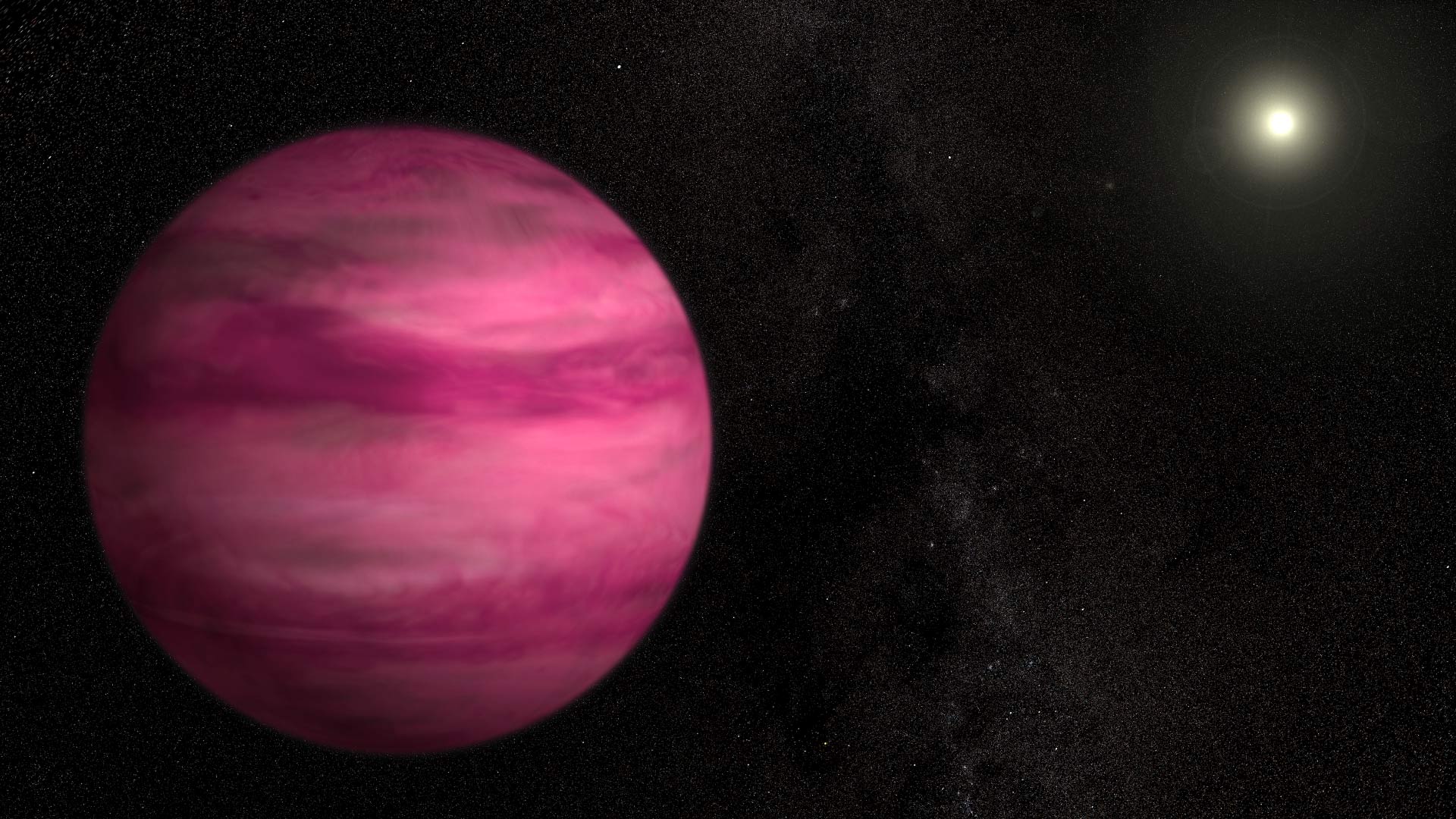
Its peculiar orbit, though, which sees it lingering on the periphery of its system before slingshotting into the centre and passing only a hair’s breadth from its host star before pulling away once more, is what is unusual. Its bizarre behaviour has given it the moniker “whiplash planet.” It has also been compared to a wrecking ball because of the havoc it would undoubtedly cause to any other planets in the system that are attempting to silently orbit in a more conventional way.
K2-18b
Since K2-18b, which has eight times the mass of Earth and a radius twice that of our planet, had long been considered a leading candidate for an Earth-like planet, there was a great deal of excitement when it was revealed in 2019 that water had been found in K2-atmosphere. 18b’s We had discovered a rocky planet circling in the habitable region of its star for the first time, where liquid water might possibly collect on the surface.
Thoughts that K2-18b would be more like the much less hospitable mini-Neptunes—planets with a watery layer, a rocky iron core, and temperatures and pressures that are much too high to host life—came before we could even imagine basking in exotic waters.
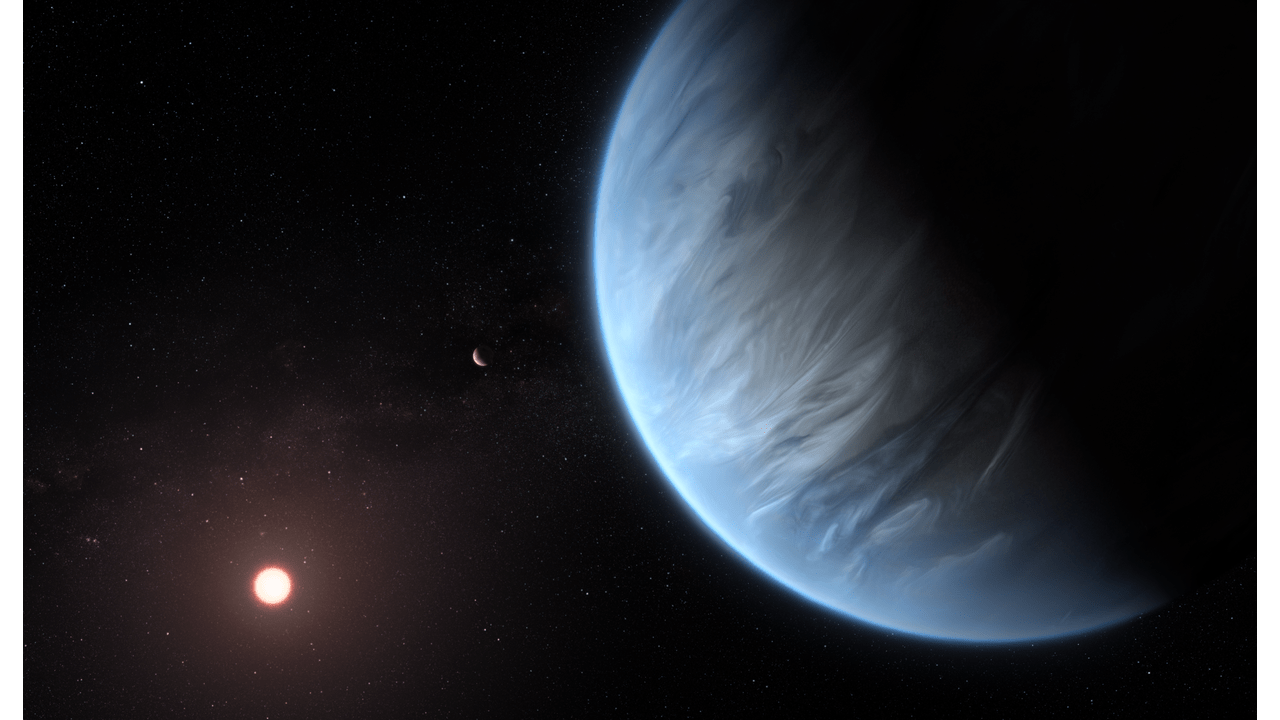
According to recent study, K2-18b may be in the third zone, which is populated by rocky planets that resemble gaseous mini-Neptunes but are actually covered in oceans that are extremely hot and compressed and whose water is shrouded in a steamy atmosphere made of water vapour. We must, regrettably, put our swimsuits away for the time being.
HAT-P-7b
Since HAT-P-7b is larger than Jupiter and orbits its host star at an angle of 108°, it is virtually in a polar orbit.
A year on this planet is less than three days because of how closely it orbits the star. In reality, it is far closer to the star than the Sun is to the Earth—over 20 times closer.
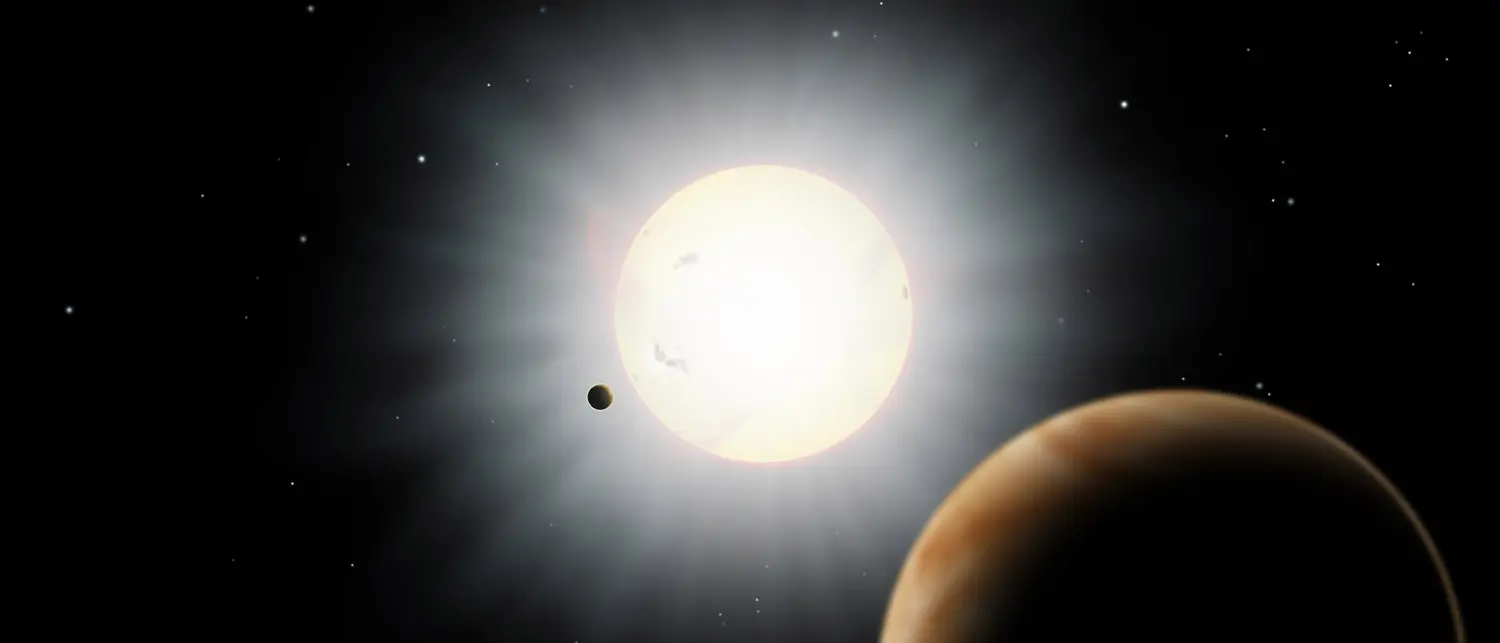
HAT-P-7b experiences daily temperatures of approximately 2,200°C, which is hotter than many stars. The exoplanet is hence what is referred to as a “ultra-hot Jupiter.”
In addition, it absorbs about 97% of the visible light that shines on it, making it one of the darkest worlds ever discovered—about as dark as charcoal.

